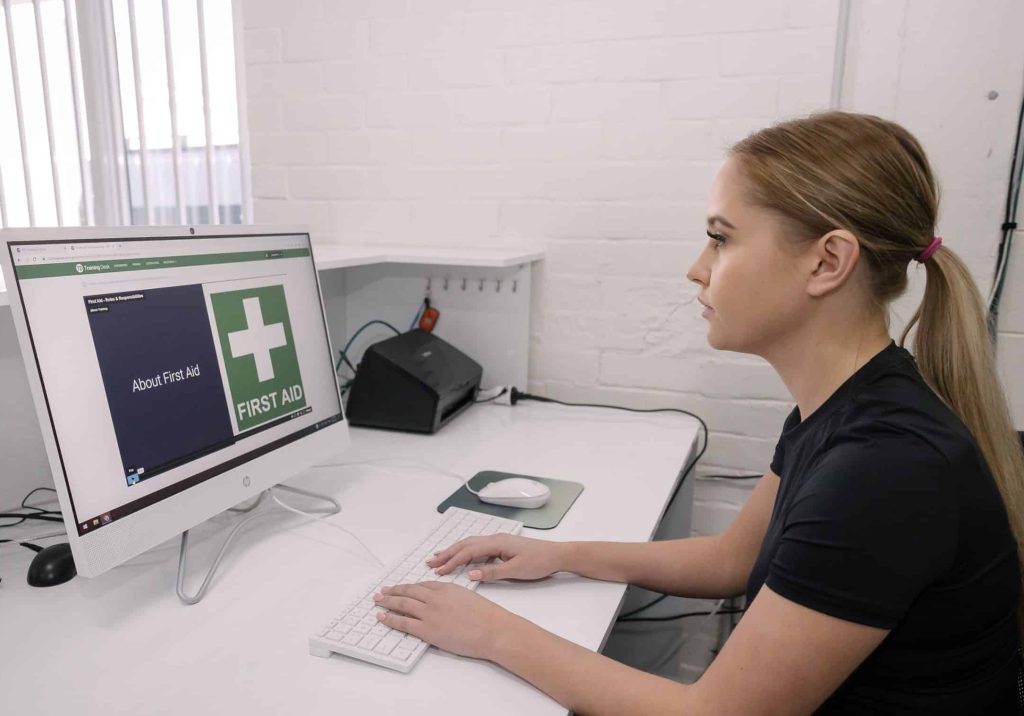Whether it’s from first aid courses, an elaborate story, or in mainstream media, at some point we have all heard…

Understanding Diabetes
Diabetes is a medical disease that afflicts approximately 415 million people globally, with numbers expecting to rise in the coming years. In people without diabetes, the body produces a hormone known as insulin to help regulate glucose (or sugar) levels. This balancing act ensures we have a levelled amount of glucose to maintain energy throughout the day, and stores excess glucose in muscles, fat cells, and liver for later use. In a diabetic person, this balance is harder to maintain, and the sufferer may experience unhealthy amounts of glucose in their bloodstream (hyperglycaemia (high) or hypoglycaemia (low)). Symptoms of diabetes are varied, but some of the more common ones are excessive thirst, frequent urination, lethargy, dizziness, and leg cramps. These symptoms will not be present in pre-diabetes.
Diabetes is serious. If it is left untreated, or not treated appropriately, sufferers are at an increased risk of heart disease, stroke, kidney disease, blindness, and limb amputation.
Type 1 Diabetes
Type 1 diabetes afflicts around 10% of all diabetics and cannot be prevented. In these cases, the body develops an auto-immune response that effectively destroys the insulin-creating cells of the pancreas. At present, there is no prevention and no cure available for this type of diabetes. Once diagnosed, type 1 diabetes can be controlled with insulin therapy, either with a pump or multiple daily injections.
Type 2 Diabetes
Type 2 diabetes is the most common form of diabetes and is on the rise. Although the pancreas is still able to produce insulin, it is no longer able to produce an effective amount, effectively causing hyperglycaemia. It may be prevented or initially managed through modified lifestyle behaviours, such as healthier eating habits, frequent exercise, and consistent monitoring of blood glucose levels.
Gestational Diabetes
Diagnosed during pregnancy, gestational diabetes occurs when the body cannot cope with the increased demand for insulin production. Thankfully, it can be managed in the same nature as type 2 diabetes, and usually disappears after the birth of the baby. It is important to manage diabetes during pregnancy to reduce the risk of complications during both pregnancy and birth. Women who suffer from gestational diabetes, however, have an increased risk of developing type 2 diabetes later in life. For this reason, it is important that you have frequent check-ups with your GP after the birth of your baby.
Pre-diabetes
Pre-diabetes is diagnosed in those who have frequently high blood glucose levels, but whose levels are not high enough to be considered diabetic. If pre-diabetes is not managed effectively, it could develop into stage 2 diabetes. People who are overweight, physically inactive, hypertensive (high blood pressure), or have high cholesterol are more at risk. Other high-risk groups include people with polycystic ovary syndrome, gestational diabetes, and those with a family history of type 2 diabetes or heart disease.
You can reduce your risk. Healthy eating habits and regular physical exercise will reduce your risks of developing pre-diabetes or type 2 diabetes.
Diabetic Emergencies
Diabetic emergencies occur when a person with diabetes experiences either hypoglycaemia (low blood sugar) or hyperglycaemia (high blood sugar). It is not always possible to tell whether someone is experiencing low or high blood sugar, and in some cases, the patient will not know until their glucose levels are extreme. An accurate diagnosis of either state cannot be made without checking the blood glucose levels. If you are unsure, always assume the patient’s blood sugar is low, as the immediate consequences of hypoglycaemia are far worse. Signs and symptoms may include sweating, shaking, weakness, pale skin, headaches, dizziness/lightheadedness, and hunger. In severe cases, the patient may also experience a lack of concentration, slurred speech, altered conscious states (including loss of consciousness), and seizures. If loss of consciousness or seizures occurs, call 000 immediately.
For further information on diabetes and diabetic management, go to the Diabetes Australia website- https://www.diabetesaustralia.com.au


